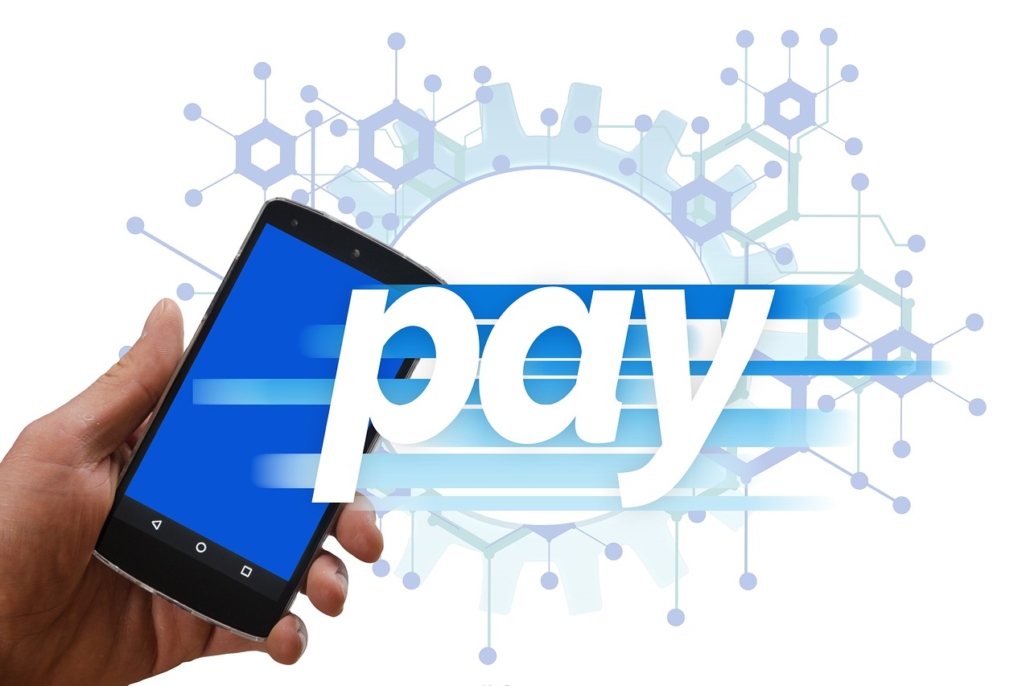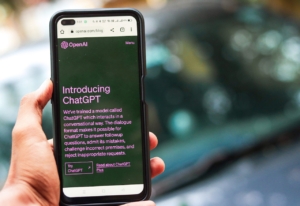Zelle, Venmo, & More: A Small Business Guide to Secure P2P Payments
The convenience of P2P platforms (Zelle, Venmo, Cash App, PayPal) is attracting small businesses for both formal and informal client invoice payments and contractor reimbursements, offering swift and affordable transactions. However, for larger invoices, businesses often prioritize the superior fraud protection and audit trails offered by ACH and credit card payments.
The Mechanics of P2P Platforms

P2P platform users create unique handles, serving as their primary account identifiers. Payments are initiated by entering the recipient’s handle, specifying the amount, and confirming the transaction, which facilitates direct fund transfers between linked accounts. Zelle facilitates instant fund transfers directly between bank accounts, utilizing existing banking infrastructure and linking users via email or phone.
Traditionally, P2P apps focused on personal transactions, not business payments, due to compliance risks like commingling funds and susceptibility to irreversible scams. While Venmo and PayPal now provide business accounts with invoicing features, platforms like Zelle lack such safeguards, hindering reconciliation.
Dangers of Scams and Fraud:
Since 2017, fraudulent activity on these platforms has resulted in over $870 million in user losses, with small businesses particularly vulnerable due to their high transaction volume and mobile device reliance.
Small-businesses must recognize peer-to-peer payment app fraud risks, particularly:
- Device Takeover: Criminals capitalize on unsecured devices, leveraging phishing and theft to swiftly empty accounts. These instantaneous transfers leave businesses with no recourse.
- Finalized Funds: P2P platforms, unlike credit card systems, typically lack safeguards for authorized transfers. Once a payment is processed, it’s virtually unrecoverable, even when fraud is evident.
- Deceptive Manipulation: Fraudsters employ social engineering tactics, posing as trusted entities to induce payments. Fabricated emergencies and pressure tactics are frequently used.
- Weakened Transaction Controls: The absence of transaction limits and delayed verification in numerous apps allows for rapid, large-scale financial theft. Direct bank connections, as seen with Zelle, circumvent conventional security procedures.
- Consumer Accountability: P2P applications often absolve themselves of liability in fraud cases, making businesses the sole bearers of financial losses from fraudulent transactions.
Prioritize Security
Fundamentals of cybersecurity for payment fraud prevention begin with device security:
- Fortify Access: Employ strong device passwords and multi-factor authentication (MFA) to prevent unauthorized entry.
- Maintain Up-to-Date Systems: Regularly update operating systems and applications to address security weaknesses.
- Deploy Robust Defenses: Utilize antivirus, anti-malware, and firewalls to identify and neutralize potential threats.
- Secure Mobile Assets: Implement physical security measures and mobile device management (MDM) software for mobile devices.
- Prepare for Recovery: Develop and implement incident response plans, including backups and remote wipe capabilities, to minimize the impact of security breaches.
Taking Control: Practical Steps to Combat P2P Payment Fraud
- Separate Finances: Employ dedicated business accounts within P2P platforms to enhance security, maintain clear audit trails, and prevent commingling of personal and business funds.
- Strengthen App Security: Activate two-factor authentication and biometric security features within the apps themselves to block unauthorized access attempts.
- Leverage Credit Card Protections: Where possible, link P2P apps to credit cards instead of bank accounts to benefit from the fraud protections afforded by Regulation E.
- Maintain Detailed Records: Capture electronic receipts for all transactions and integrate P2P platforms with accounting software for seamless reconciliation.
- Confirm Recipient Identity: Meticulously verify recipient details, including handles and account numbers, before authorizing any payment to mitigate scam risks.
- Secure Network Connections: Steer clear of public Wi-Fi and utilize encrypted networks to safeguard sensitive data from interception.
- Control Access and Monitor Activity: Restrict app access to authorized personnel and conduct regular audits of accounts to identify and address any discrepancies.
- Prioritize Software Updates: Promptly install app and software updates to patch security vulnerabilities and ensure optimal protection.
P2P payments carry the risk of irreversible transactions and compliance issues if personal and business funds are commingled. While some platforms offer limited protection, the potential for fraud remains significant without stringent controls. Striking a balance between convenience and security measures like separate business accounts and regular transaction audits is crucial for mitigating these risks.
Robert Siciliano CSP, CSI, CITRMS is a security expert and private investigator with 30+ years experience, #1 Best Selling Amazon author of 5 books, and the architect of the CSI Protection certification; a Cyber Social Identity and Personal Protection security awareness training program. He is a frequent speaker and media commentator, and CEO of Safr.Me and Head Trainer at ProtectNowLLC.com.

 During
During  Elsewhere in Las Vegas, MGM systems, including coded room keys, booking systems and slot machines, were turned off following a ransomware attack. Reuters reported that the
Elsewhere in Las Vegas, MGM systems, including coded room keys, booking systems and slot machines, were turned off following a ransomware attack. Reuters reported that the  There are two reasons to report a cyber attack. The first is to show cyber criminals that you take security seriously. The second is to gain safety in numbers. The more people who are aware of current attacks and techniques, the harder it is for criminals to operate. Remember that hackers and fraudsters depend on their victims knowing little no nothing about their scams. Spread the word, and you help others defend themselves. When enough people fight back or ignore scam and hacking attempts, criminals move on to easier targets.
There are two reasons to report a cyber attack. The first is to show cyber criminals that you take security seriously. The second is to gain safety in numbers. The more people who are aware of current attacks and techniques, the harder it is for criminals to operate. Remember that hackers and fraudsters depend on their victims knowing little no nothing about their scams. Spread the word, and you help others defend themselves. When enough people fight back or ignore scam and hacking attempts, criminals move on to easier targets. ABC News provided
ABC News provided 

 According to Group-IB’s data, nearly 27,000 ChatGPT conversations were offered for sale on the Dark Web in May 2023. The majority of these data were stolen from India and Pakistan using malware during the past year. The United States had the sixth-largest number of stolen conversations, at 2,995, just ahead of France, which led Europe with 2,923 conversations.
According to Group-IB’s data, nearly 27,000 ChatGPT conversations were offered for sale on the Dark Web in May 2023. The majority of these data were stolen from India and Pakistan using malware during the past year. The United States had the sixth-largest number of stolen conversations, at 2,995, just ahead of France, which led Europe with 2,923 conversations. The new inactive account policy is a good idea, but it may come with some significant hidden risks for your website, domain, security certificates and online presence.
The new inactive account policy is a good idea, but it may come with some significant hidden risks for your website, domain, security certificates and online presence.























